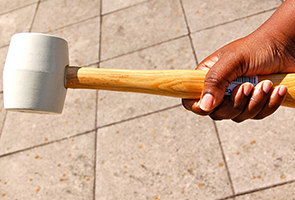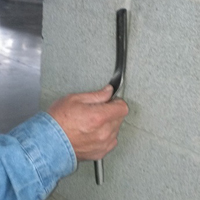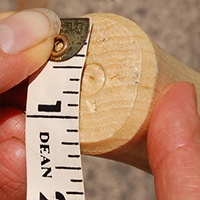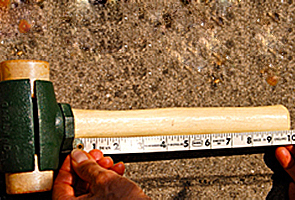The most important thing to keep in mind when buying hand tools is to find a tool that feels comfortable in your hand and is right for the work you are doing.[1]
Using a hand tool with a grip size that is too big or too small for your hand will increase the force you need to apply when using the tool, the amount of work your hand has to do, and the risk for injury.
A hand tool with a grip size that is the same or close to your hand's grip size will allow you to work with the maximum grip strength, result in less fatigue when you use the tool for long periods, with a lot of repetition or with weight added, and reduce your risk for injury.






